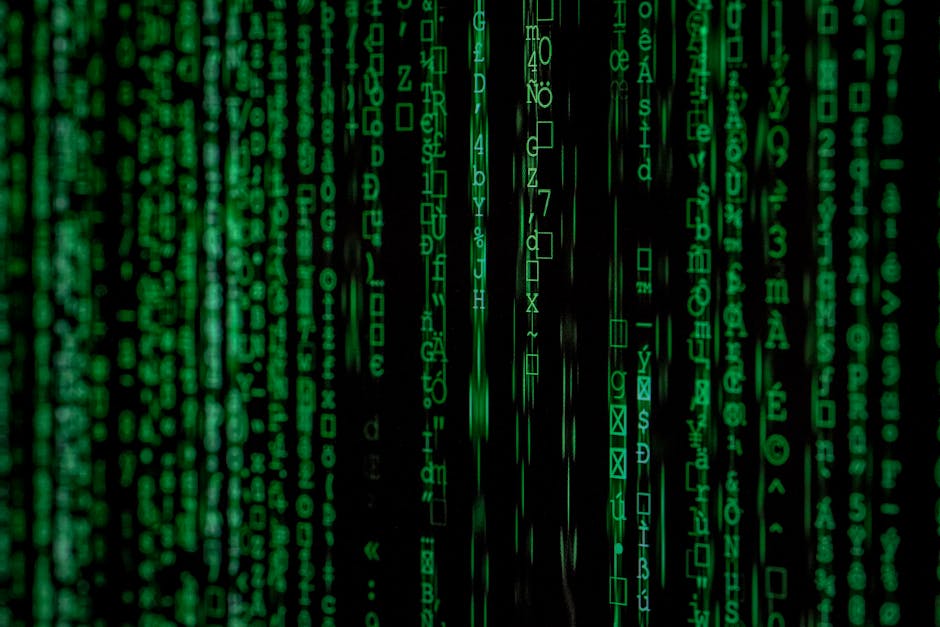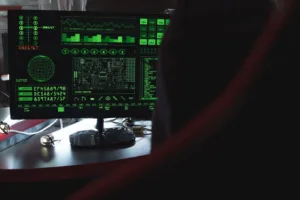
Ransom.Win64.CONTI.AA, a variant of the notorious Conti ransomware family, remains a significant threat to Windows systems despite its relatively low distribution volume. This ransomware typically infiltrates systems through malicious file drops or drive-by downloads from compromised websites. Once executed, it encrypts files and drops ransom notes, leveraging techniques observed in earlier Conti campaigns while incorporating new evasion tactics.
Technical Analysis of Conti Ransomware Variant
The ransomware primarily arrives on systems as a file dropped by other malware such as TrickBot or BazarLoader, though it can also be downloaded unwittingly by users from malicious sites. It employs sophisticated techniques to avoid detection, including dynamic API resolution where critical Windows API calls are obfuscated and resolved at runtime. This makes static analysis significantly more challenging for security researchers.
Network propagation remains a key feature, with the malware scanning local subnets (typically 192.168.83.0/24) via SMB on port 445. For lateral movement, it leverages tools like PsExec and Windows Management Instrumentation (WMI), common in enterprise environments. The ransomware creates a unique mutex (hsfjuukjzloqu28oajh727190) to prevent multiple instances from running simultaneously, a common anti-analysis technique.
Encryption Methodology and Target Selection
Ransom.Win64.CONTI.AA uses a hybrid encryption approach combining AES-256 for primary file encryption with XChaCha20 for smaller files or specific encryption modes. Security researchers have identified three distinct encryption modes employed by this variant: full encryption (0x24), block encryption (0x25), and partial encryption (0x26) which targets only the first 1MB of files – a tactic designed to maximize encryption speed while still rendering files unusable.
The ransomware deliberately avoids encrypting certain system-critical files and directories including Temp folders, the Recycle Bin, System Volume Information, and Windows Boot directories. It also specifically excludes Trend Micro directories, suggesting the attackers have conducted reconnaissance on common security products. Network shares and database files are primary targets, with encrypted files receiving unique extensions like .cts0 or .cts1.
Detection and Mitigation Strategies
Defenders should monitor for several key indicators of compromise. Command-line activity showing volume shadow copy deletion (wmic shadowcopy delete) or suspicious scheduled task creation often precedes encryption. Network traffic to known Conti command and control servers (such as airloweryd.com) or unexpected Rclone activity (often disguised as sihosts.exe) should trigger immediate investigation.
Endpoint detection should focus on Event ID 4662 (indicating potential DCSync activity) and suspicious PowerShell logs containing commands like Invoke-Kerberoast. Organizations should prioritize patching vulnerabilities in RDP, FortiGate appliances, and Windows Server components, as these are frequently exploited in Conti attacks. Implementing Controlled Folder Access can significantly reduce the ransomware’s impact by preventing unauthorized file modifications.
Proof of Concept Detection Query
For security teams using SIEM platforms, the following query can help identify potential Conti-related activity:
rg_functionality = "Endpoint Management Systems"
AND (deviceaction = "ProcessRollup2" OR deviceaction = "Process Create")
AND resourcecustomfield1 CONTAINS "accepteula"
AND resourcecustomfield1 CONTAINS "-u"
AND resourcecustomfield1 CONTAINS "-p"
AND resourcecustomfield1 CONTAINS "copy"This query looks for process creation events containing telltale signs of lateral movement tools being deployed, a common precursor to ransomware execution in Conti attacks.
Conclusion and Security Recommendations
While Ransom.Win64.CONTI.AA shows lower distribution numbers compared to peak Conti activity, its damage potential remains significant due to its sophisticated encryption methods and network propagation capabilities. Organizations should focus on comprehensive endpoint monitoring, strict network segmentation policies, and credential hardening to mitigate risks.
Threat hunters should pay particular attention to Cobalt Strike artifacts, unusual Rclone activity patterns, and anomalous RDP/WMI connections, as these often signal early-stage intrusions that may lead to ransomware deployment. Regular security awareness training remains crucial, as many initial infections still originate from user-initiated actions on compromised websites.
For further technical details, consult the following resources:






